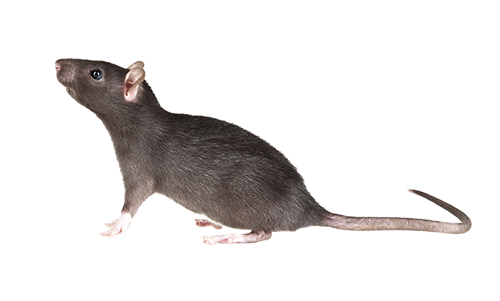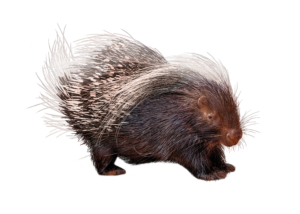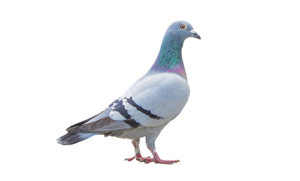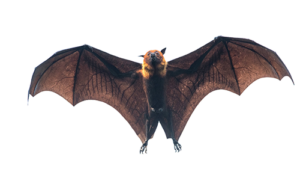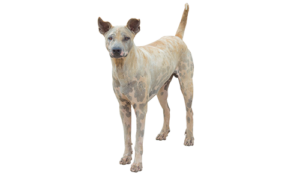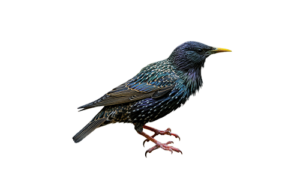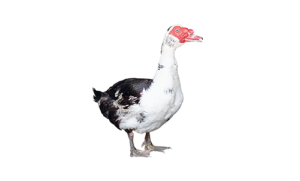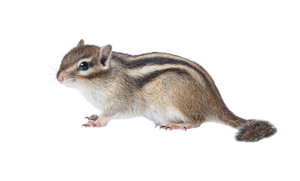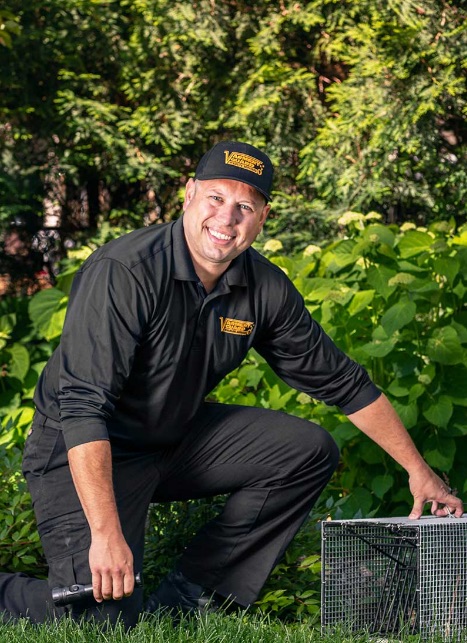Mice are very busy creatures, scurrying along finding food and building nests. These small creatures can quickly become a nuisance and need to be removed. If left unbothered, one mouse can turn into several hundred in a year. Resulting in a full-blown infestation inside a home. Sometimes, seeing a mouse in the home means it is too late and behind the walls there are many more. Upon spotting the first signs of a mouse it is necessary to immediately call a mice removal expert to help deal with the situation.
Problems
One of the biggest problems with mice is the destruction of property. Mice chew wood, cereal boxes, furniture, and insulation. This is their way of either collecting material for their nests or a way for them to access food. They leave droppings wherever they go, including corners of rooms, under furniture, and inside cabinets. There are also the constant sounds of scurrying under furniture and scratching within the walls. Those dealing with the problems associated with mice must call a mice removal specialist immediately for help removing the pests.
Issues
Mice carry parasites, such as fleas and lice, which can be easily transferred to household pets. Once mice gain access to food containers, they contaminate food with their fur and droppings. Their chewing damages furniture, books, walls, and creates a fire hazard when they chew through wires.
Identification
It is best to know what pest a homeowner is dealing with before calling for help. Knowing the difference between a mouse versus a rat is key to how the mice removal specialist handles the situation. If unsure, check the body size and shape to try to determine between the two creatures. Rats have longer heads when compared to their bodies, while adult mice have smaller heads. The bite marks of mice are smaller than that of a rat.
There are three main species of mice that like to nest inside homes – house mouse, deer mouse, and white-footed mouse. Each one has different behavior patterns and alternate methods of dealing with during removal. All mice average between five and one-half to seven and one-half inches in length, including the tail. The house mouse is the smallest of them all with a gray-brown body and a tail that is longer than its body. The white-footed mouse is identical to the deer mouse, but much larger. In general, house mice tend to stay within 100 feet of the nest, while the other two travel much further out.
Signs
There are several signs mice give to bring awareness to their existence. Know these signs and if any of them appear, immediately call for help with mice removal. Some signs there are mice in the home include seeing droppings, hearing strange scurrying sounds, seeing nests, spotting shredded paper, or seeing shredded insulation. Many of these signs are found in cabinets, behind furniture, and in corners of rooms and closets. Small chew marks on bags of food and electrical wiring are additional signs mice are present in the home. Signs that get overlooked include seeing tiny footprints in the dust or smelling musty odors. Do not ignore any of these signs. A specialist can help determine if it is a mouse infestation and the best way to handle it.
Prevention
The best way to prevent mice from entering a home is to keep it clean and free of any potential food sources. Good sanitation prevents mice from entering, while poor sanitation attracts them. Wash dishes immediately, remove food lying around the home, and continually wipe down countertops. Regularly sweeping the kitchen floor for fallen food particles and taking out the garbage daily also helps keep mice away. Food in the pantry must be sealed in airtight containers.
Eliminate all entry points into the home. Seal cracks in the foundation and openings in walls,especially where pipes and vents enter the home. Take care of and remove mice that are located around the outside perimeter of the home so they don’t find their way inside the home. Keep the lawn and shrubs trimmed to reduce hiding spots. Place wood piles more than 20 feet away from the home. Mice hate the smell of cayenne pepper, cloves and peppermint oil. Use these to repel mice from the area around the home.
Removal
Removing mice from a home can be difficult. Especially determining if all mice have been removed. If one or two are left behind, the damage will continue and given time, there will be hundreds of mice back in the home. Because of the diseases mice carry and the scale of infestations can be huge, it is best to call a mice removal specialist to do the job. Technicians use a variety of different methods to remove the home, starting with the sealing off of all entry points. He or she then identifies the type of mouse and comes up with a plan to remove it.
Removal Specialist
Hiring a pest control specialist to come into a home is a very tiresome task. It is important to know the technician is trained, licensed, and insured to conduct the pest removal task required. Having mice removed from a home must be done in a timely manner. Waiting too long means the problem continues to grow. However, rushing to hire someone to help often results in missing details in the contract and having to pay for unrelated services. It can also result in hiring a less than professional pest company. Ask for referrals and don’t be afraid to ask the technician questions to ensure the best company for the job is being hired.
Having mice in the home can be a very scary situation. The last thing anyone wants is to put family and pets in danger from the various diseases carried by mice. In addition, mice cause lots of damage to property, leaving a mess to clean up. Hiring a mice removal specialist can ensure all the mice are removed and the home is free of these pests. The technician will help come up with a plan to ensure an infestation does not happen again in the future.
